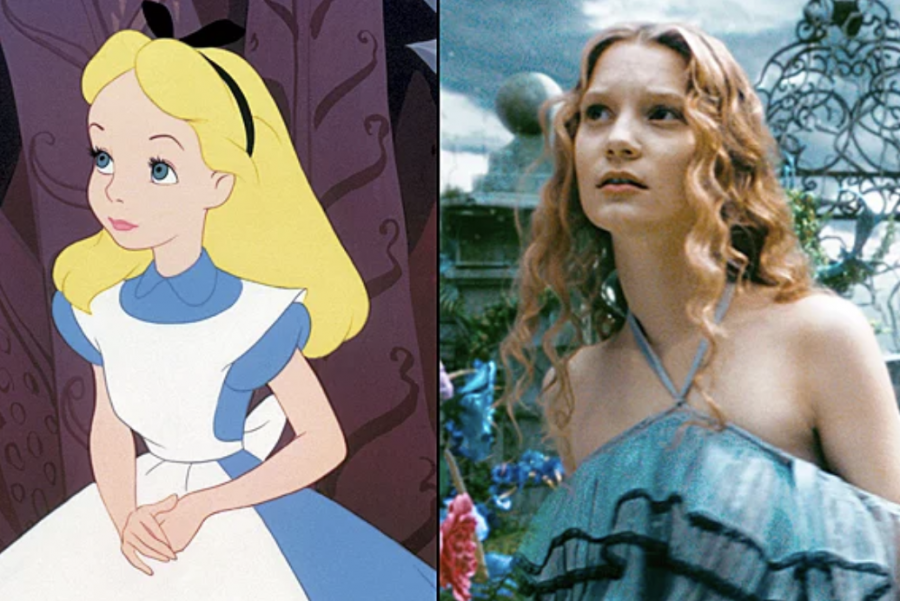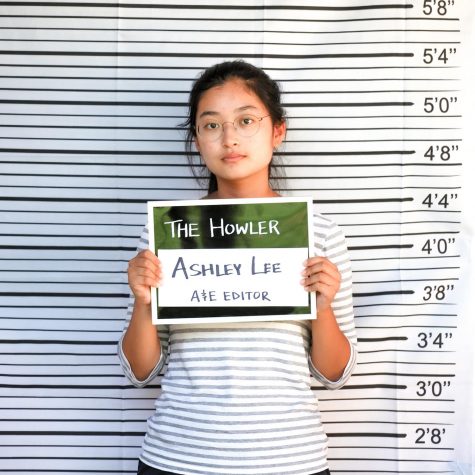Disney’s transition from animation to live-action films
In 2010, “Alice in Wonderland” generated over one billion dollars in ticket sales.
October 10, 2020
After almost 100 years since Disney was founded, its legacy lives on through its films. Acknowledged as the world’s best regarded company by Forbes in 2018, Disney has created many films recognized as the world’s highest-grossing of all time.
With the newly released “Mulan,” (2020) “Lion King” (2019) and “Beauty and the Beast,” (2017) Disney is currently well-known for its success in remaking its animated classics into live-action films.
However, unbeknownst to many, this transition from animation to live-action began back in the 1990s with Disney’s remake of “The Jungle Book” in 1994 and “101 Dalmations” in 1996. Although these films are considered Disney’s first attempts at remakes, success was not found until 2010 with “Alice in Wonderland,” which generated over one billion dollars in ticket sales. With famous actors such as Johnny Depp in its cast and the highly-praised Tim Burton as its director, the film was nominated for several prestigious awards.
Why Disney decided to continue remaking its classics from 2010 to the present can be summed up into four main reasons. The most obvious reason is the profit these remakes have the potential to generate. “Lion King,” which generated over $1.6 billion, and “Beauty and the Beast,” which generated over $1.2 billion, are notable examples of Disney’s success.
Although not every live-action film created by Disney is considered a success, ever since the release of “Alice in Wonderland” in 2010, the expectations of Disney’s live-action films grew. The film was not only a milestone but a turning point that showed Disney was willing to invest in its selection of high-class actors, actresses and directors, use of special effects and creation of musical scores. It was this growing expectation that allowed Disney to produce many more remakes.
Success from Disney’s remakes is what allows them to invest in other riskier films. In the past, when Disney’s films such as “Tomorrowland” did not generate as much money as expected, other films such as “Inside Out” helped maintain Disney’s reputation of success.
“Every studio should, like an allowance, allow themselves a certain number of franchise things, and then as an investment in the future, try these risky things that are unproven,” director and animator Brad Bird said to Entertainment Weekly. “At one time, Star Wars was a risky venture.”
A third reason for creating live-action films is that it may allow Disney to create its own world like the Marvel Cinematic Universe. Although Marvel Studios is a subsidiary of The Walt Disney Studios, many people don’t associate the success of the Marvel films with Disney. Thus, it can be seen that Disney needed a series of films to reevaluate them rather than its classic animations of the 1900s.
Perhaps the most prominent reason Disney remade its classics is to extend its audience. By using a well-loved storyline that has already proven to be successful, Disney has the advantage to reach out to those who will reminisce about its classics while still experiencing the uniqueness of the remakes.
However, it is also important to note that not all remakes are perfect replicas of their animated counterparts. Films such as “Maleficent” offered a different viewpoint to the accustomed narrative of “Sleeping Beauty” from 1959.
Nonetheless, professor of the USC School of Cinematic Arts Jason Squire explains how Disney is able to attract both the “first generation viewers of the animated movie back [as well as] the current younger generation who will be watching the new live-action version.”
Building off of its recent successes, Disney continues to create live-action remakes of their classic counterparts. The most recent remake was “Mulan”, and they are planning to film “Peter Pan & Wendy,” “Little Mermaid” and “Cruella—a remake of “101 Dalmatians” told from the perspective of the villainess—in the near future.
“Disney’s remake of Beauty and the Beast was better than the original as it felt more captivating with live actors and gorgeous sets. I thought it created better tension with some scary scenes in the movie especially when Gaston attacked the Beast,” junior Bian Lee said. “The remake kept the original storyline and made it more charming, and lots of scenes made me smile throughout the movie.”
While some praise the initiative to recreate classic favorites, not everyone believes that Disney’s remakes are superior to the classics or are even worth watching. Some even question the creativity of Disney and argue that they don’t try as hard because success is already guaranteed.
But regardless of one’s opinion on these remakes of animated classics, it cannot be denied that these live-action films are the future and will redefine Disney for generations to come.



![AAAAAND ANOTHER THING: [CENSORED] [REDACTED] [BABY SCREAMING] [SIRENS] [SILENCE].](https://thehowleronline.org/wp-content/uploads/2025/06/lucy-1200x800.jpg)

















































![AAAAAND ANOTHER THING: [CENSORED] [REDACTED] [BABY SCREAMING] [SIRENS] [SILENCE].](https://thehowleronline.org/wp-content/uploads/2025/06/lucy-300x200.jpg)



